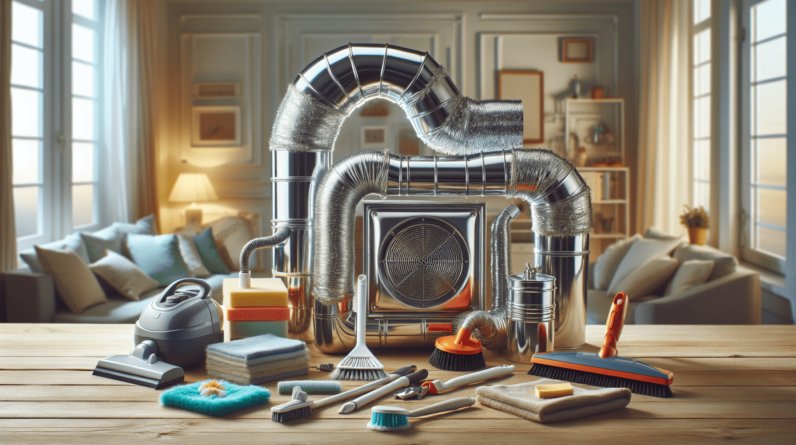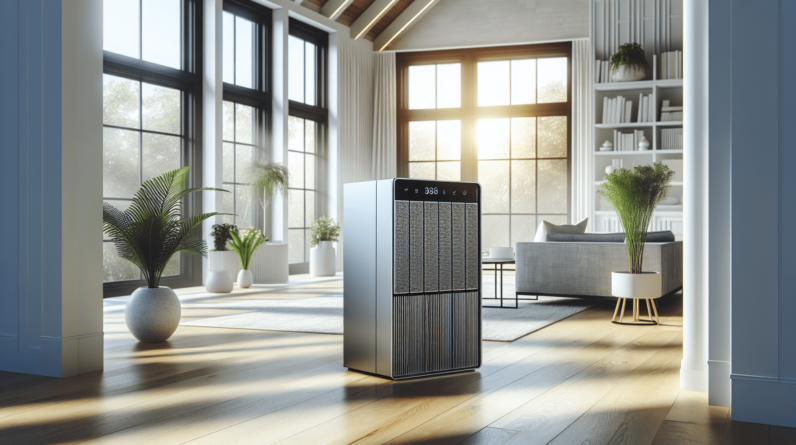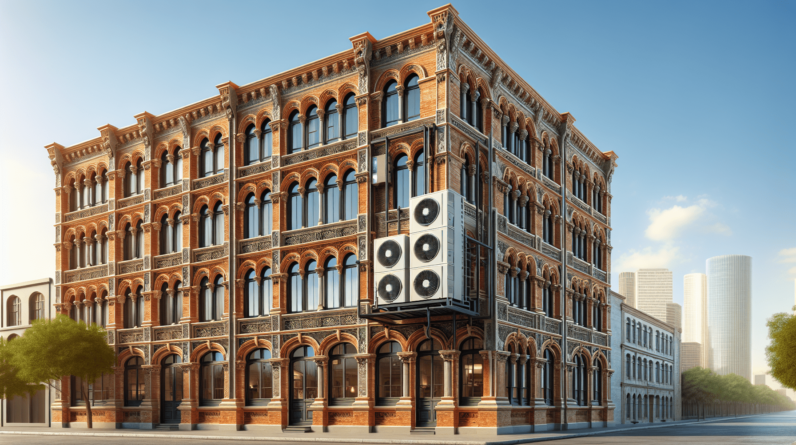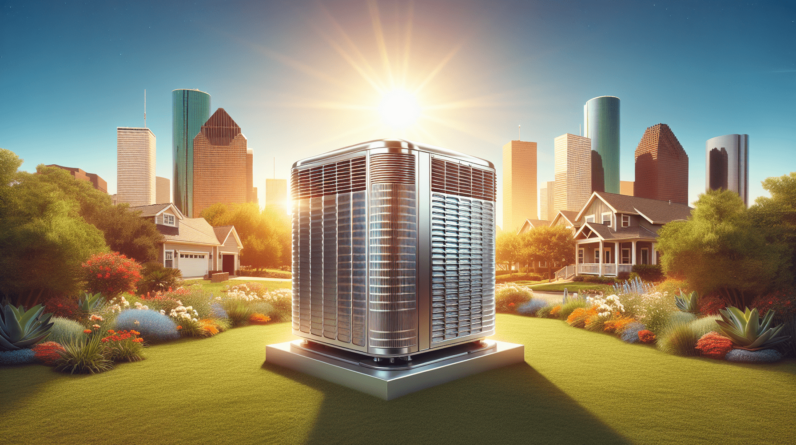

Have you ever wondered what size HVAC system you need for your home in Houston, Texas?
Selecting the right HVAC (Heating, Ventilation, and Air Conditioning) system is crucial for ensuring comfort and energy efficiency within your living space. An oversized or undersized unit can lead to various issues, including increased energy bills and inadequate temperature control. Let’s break down everything you need to know about sizing your HVAC system properly.
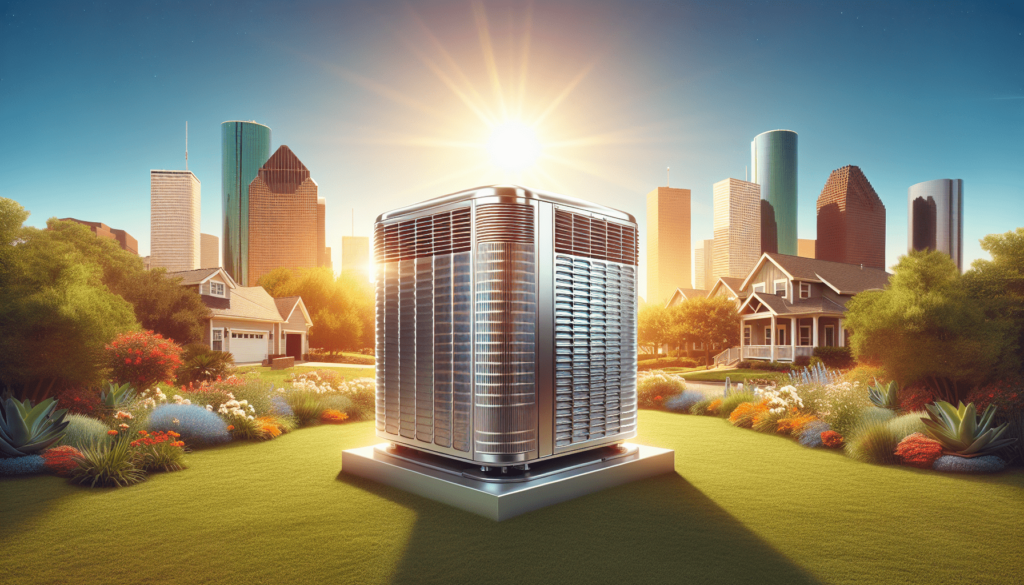
Understanding HVAC System Sizing
When it comes to HVAC systems, size matters. But what does it mean to “size” an HVAC system? Essentially, it refers to the capacity of the unit to heat or cool a specific area. HVAC units are usually measured in BTUs (British Thermal Units) or tons, where one ton equals 12,000 BTUs.
The Importance of Correct Sizing
Choosing the correct size HVAC system for your home is vital for multiple reasons:
- Energy Efficiency: A properly sized system will operate efficiently, reducing your energy bills.
- Comfort Levels: It ensures consistent temperatures throughout your home.
- Longevity: An adequately sized unit can extend the lifespan of your HVAC system.
- Humidity Control: Proper sizing helps maintain indoor humidity levels, preventing mold growth.
Calculating Your HVAC Needs
Before you start shopping for an HVAC unit, you need to accurately calculate the size needed for your home. Several factors come into play:
Square Footage
The first consideration is the total square footage of the space you’re aiming to heat or cool. Here’s a simple breakdown to help you understand how square footage correlates with tonnage.
| Square Footage | BTUs Required | Tons Required |
|---|---|---|
| 0 – 600 | 18,000 | 1.5 |
| 601 – 1,200 | 24,000 | 2 |
| 1,201 – 1,800 | 30,000 | 2.5 |
| 1,801 – 2,400 | 36,000 | 3 |
| 2,401 – 3,000 | 42,000 | 3.5 |
| 3,001 – 3,600 | 48,000 | 4 |
Keep in mind that these figures are rough estimates.
Climate Considerations
Houston experiences a humid subtropical climate, which impacts your heating and cooling needs. Given the high temperatures and humidity in the summer, a system that can efficiently remove moisture is essential. A correctly sized air conditioning unit will help maintain comfortable humidity levels.
Insulation Quality
The quality of your home’s insulation plays a significant role in HVAC sizing. Poor insulation can allow warm air to escape during winter and cool air to escape during summer. If your home is well-insulated, you may not need as large a system as you would for a poorly insulated home.
Window Quality and Sun Exposure
The type and number of windows in your home also influence your HVAC sizing. Homes with many windows, especially those facing south and west, will absorb more heat from the sun. In contrast, homes with energy-efficient windows will have lower heating and cooling needs.
Ceiling Height
While most calculations assume an 8-foot ceiling, higher ceilings can affect the total volume of air that needs to be heated or cooled. If your home features higher ceilings, you might need to adjust your calculations accordingly.
The Manual J Calculation
For a more accurate assessment of your HVAC needs, consider performing a Manual J calculation. This method takes into account multiple factors, including those mentioned earlier. While it may require professional help, it will provide a precise measurement for your home’s HVAC needs.
Factors Included in Manual J Calculation:
These calculations usually consider:
- Building Characteristics: Insulation types, windows, doors, and roof materials.
- Geographical Location: Local weather patterns and climate.
- Occupant Behavior: Number of people living in the home and their daily routines.
Choosing a Type of HVAC System
Once you’ve determined the size you’ll need, it’s time to think about the type of HVAC system that’s best for your home. Several different options are available:
Central Air Conditioning
Central air conditioning is popular in Houston due to its effectiveness in cooling larger spaces. It operates through a system of ducts that distribute cool air throughout your home.
Pros
- Efficient for cooling entire homes.
- Balanced temperature distribution.
- Often includes a heating system, providing year-round comfort.
Cons
- Requires ductwork installation, which may be costly or impractical in some homes.
- Can be less efficient if the ducts have leaks.
Ductless Mini-Split Systems
Ductless mini-split systems are ideal for homes that do not have existing ductwork. These systems consist of an outdoor compressor and indoor units that provide zoned heating and cooling.
Pros
- Flexible installation and zoning options.
- Higher energy efficiency as you can cool specific areas rather than the entire home.
- Quieter operation compared to traditional systems.
Cons
- Higher upfront costs than traditional systems.
- You may require multiple units for larger spaces.
Heat Pumps
Heat pumps are versatile systems that can provide both heating and cooling. They transfer heat rather than generate it, making them highly efficient.
Pros
- Energy-efficient for both heating and cooling.
- Can significantly reduce electricity costs.
- Environmentally friendly option.
Cons
- Performance may decrease in extremely cold temperatures.
- Initial costs can be higher than conventional heating or cooling systems.
Maintaining Your HVAC System
No matter the size or type of HVAC system you choose, regular maintenance is crucial to ensure its longevity and efficiency. Here are some essential tips to keep your system running smoothly:

Change Filters Regularly
Dirty filters can restrict airflow and reduce efficiency. It’s recommended to check your filters monthly and replace them every 1-3 months based on usage.
Schedule Professional Maintenance
Professional servicing at least once a year can help identify potential issues before they become costly repairs. Technicians can clean components, check refrigerant levels, and ensure the system operates efficiently.
Clean the Condenser Unit
For outdoor units, keep the surrounding area free of debris and vegetation. Washing the condenser coils can also improve efficiency.
Monitor Energy Bills
Keep an eye on your energy bills for unexpected increases, which could indicate a problem with your HVAC system.
Considering the Costs
When planning for your HVAC system, consider not only the purchase cost but also the installation and operating costs. Here’s a rough estimate of what you may expect:
Initial Purchase and Installation Costs
| HVAC Type | Estimated Cost Range |
|---|---|
| Central Air Conditioning | $3,000 – $7,000 |
| Ductless Mini-Splits | $3,000 – $5,000 per zone |
| Heat Pumps | $3,500 – $8,000 |
Operating Costs
Your operating costs will largely depend on the size and efficiency of the system, energy prices in your area, and how often you use the system.
- Central Systems: Generally, around $200 – $400 yearly.
- Ductless Systems: Can be lower, especially if zoned heating and cooling are utilized.
- Heat Pumps: Similar to central systems, but can be more efficient in moderate climates.
Conclusion
Choosing the right-sized HVAC system for your home in Houston, TX, is an essential task that can enhance your comfort while saving you money on energy bills. Consider your home’s square footage, insulation quality, and climate specificities when making your choice. Don’t hesitate to seek professional advice or conduct a Manual J calculation for the most accurate results.
Proper sizing and regular maintenance will ensure that your HVAC system serves you well for years to come. Happy heating and cooling!

